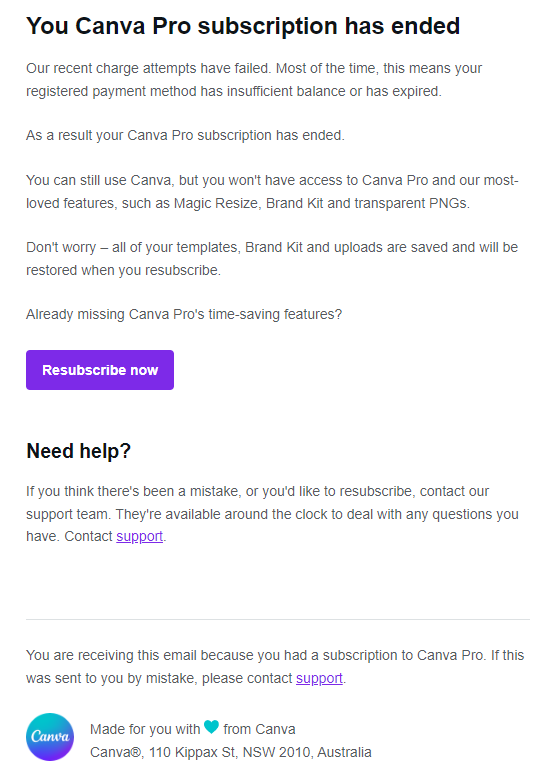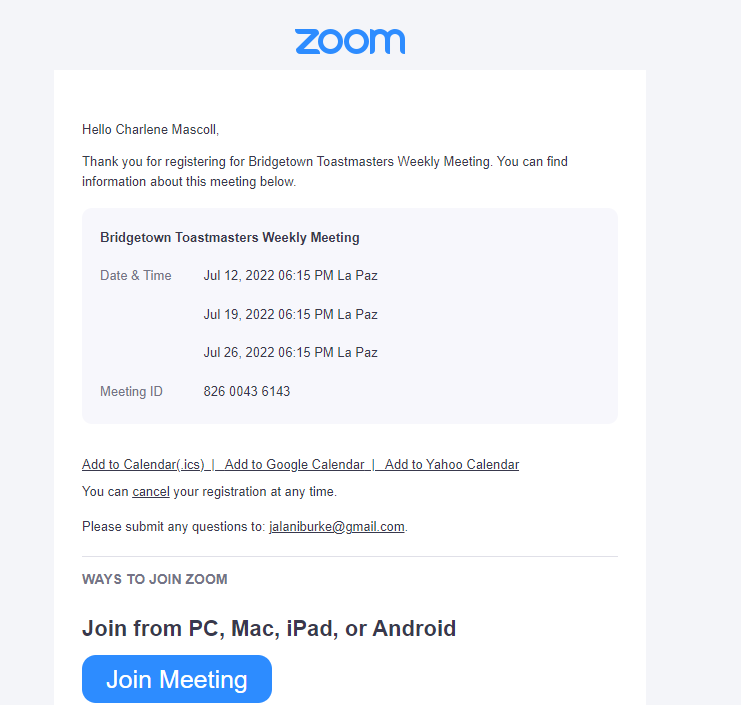What Are Transactional Emails?
Transactional emails are messages sent to clients in response to actions they have taken with your business. Transactional emails are usually automated, with the script composed by someone in the business whose aim is to ensure that customers receive notices that contain relevant information. Interestingly, some businesses leave the transactional email script to the developer who is setting up their automation and many businesses operating in the UK and Europe tend to allow their legal team to write their transactional emails to ensure that the emails are in line with GDPR requirements.
Leveraging Transactional Emails
Transactional emails are a great way to leverage customer engagement. Here are some tips that can help you to properly take advantage of transactional emails and make them an excellent tool to increase your customer loyalty and boost customer retention.
Be Certain Your Grammar, Punctuation, Content, and Vocabulary are Correct
We often overlook minor grammatical errors when transactional emails are being prepared, especially when they are not done by a copywriter. Many times, customers may catch these errors and ignore them because of the efficiency of the service and other things companies satisfy them with. However, over time, poor grammar may cause your business to seem unprofessional or lacking in a department. See if you can point out the minor error in the title of Canva’s resubscribe email below and tell me what it is in the comments.

Ensure That Transactional Emails Follow Brand Guidelines
The design or the content of your transactional email should not be left up to the legal or tech team. The font you use, the words you choose and the way information is laid out in transactional emails convey messages about your brand. That is why it is important that your copywriter, or a member of your marketing team, makes an input or writes the script for your transactional emails. When crafting transactional emails, it is important to keep in mind that they are triggered by a customer’s action and should contain relevant targeted content. Additionally, taking the time to craft an informative to-the-point, but engaging message that is relevant to the action the customer made is ideal. But after you do all of this, ensure that your brand benefits by including your brand logo and colors, it is helpful to have a template that you use for each transactional email but keep your branding consistent – including button placement and color, logo placement and email design.
Take a look below at the email ZOOM sends when I signed up for my Toastmasters meeting a while ago. Even the button they use is the same as on their webpage.

Treat Your Transactional Emails As A Form Of Online Customer Service
If you walk into a brick-and-mortar business and make a purchase, you will be able to take in the ambiance of the building, see the cashier’s smile when they thank you for your purchase, hand you the receipt and bag your goods. Someone may even be there to open the door for you on the way out, thanking you again and telling you to have a nice day. Online transactions can sometimes take away from making your customers feel appreciated, however, this can be easily remedied by sprucing up your transactional emails to include language that lets your customers know you are thankful for the sale and you are there for them if they have any questions or if anything goes wrong with the product.
Make Your Emails GDPR Compliant
GDPR stands for General Data Protection Regulation, which is a regulation in the European Union (EU) that governs data protection and privacy for individuals within the EU. The regulation, implemented in May 2018, affects any organization that handles the personal data of EU citizens, regardless of where the organization is located. The GDPR aims to give individuals greater control over their personal data and requires organizations to be transparent about how they collect, process, and store personal data. It also imposes strict penalties for non-compliance, so it’s important for businesses to understand and comply with the regulation.
While GDPR is designed to stop customers from receiving unwanted marketing emails by requiring that businesses get explicit consent from their customers, transactional emails are necessary and need to be sent.
Ensuring that your transactional emails do not contain marketing jargon, but are to the point, informative, transparent, timely, helpful, and informative will go a long way in helping your customers to trust your brand. These practices, paired with offering a product that does what it says it will do, will build brand loyalty.
Improve Customer Service By Creating Transactional Email Workflows
While welcome emails are a grey area under GDPR rules, it may be argued that customers nowadays reasonably expect welcome emails. Therefore, you need to be able to leverage your welcome emails while not making them marketing emails. Creating an email flow that addresses each action customers may take or each scenario that may occur during the buying journey is recommended. Creating an entire email workflow can be intense and it is normal to need some help.
Remember to enlist your team’s help as transactional emails are a must. If you are a solopreneur or you just need some help, be sure to enlist a copywriter or a marketing expert who is well-versed in the online rules that govern your market.

Leave a Reply